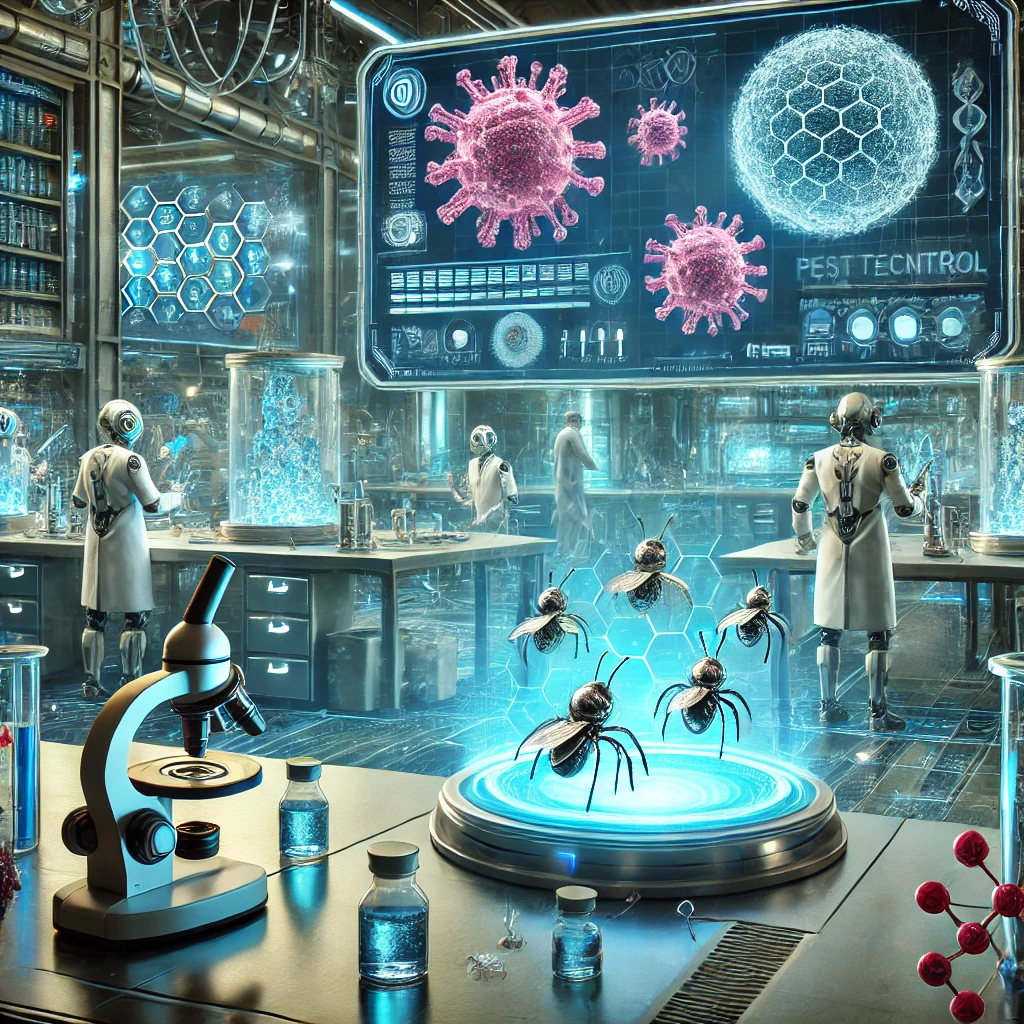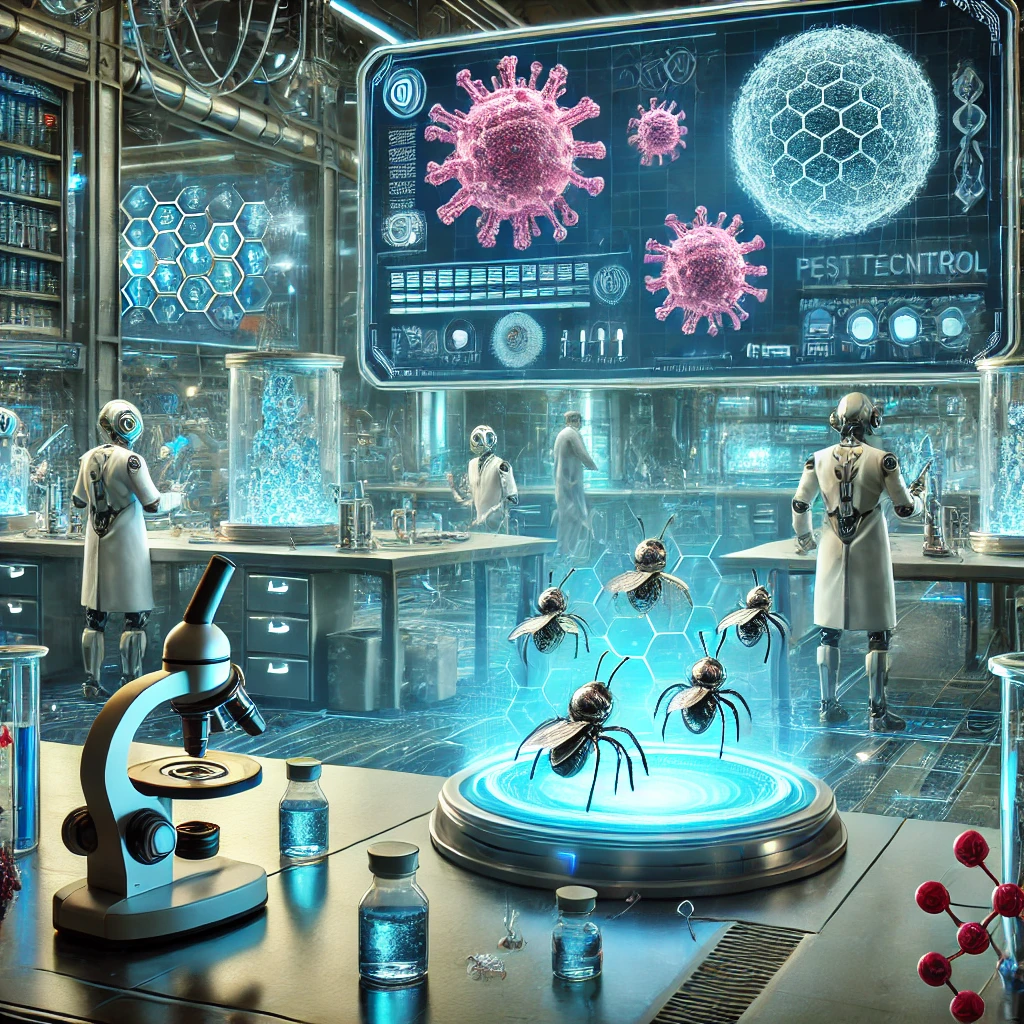
Introduction to Nanotechnology in Pest Control
Nanotechnology represents a frontier in pest control, offering innovative solutions for managing pests more effectively. This technology involves manipulating matter at the nanometer scale to create new materials and devices with unique properties. In pest control, nanotechnology promises to revolutionize traditional methods by providing more targeted, efficient, and environmentally friendly solutions.
Nanotechnology Applications in Pest Control
Nanotechnology is applied in various ways in pest control. One notable application is the development of nano-sized pesticides, which can penetrate pest exoskeletons more effectively than conventional chemicals. These nanoparticles can deliver active ingredients directly to pests, enhancing the efficacy of the treatment while reducing the amount of chemical used. Additionally, nanotechnology enables the creation of smart traps that use nanomaterials to attract and capture pests with greater precision.
Advantages of Nanotechnology
The use of nanotechnology in pest control offers several advantages. First, it enhances the precision of pest management by targeting pests specifically, reducing the impact on non-target species and the environment. Second, it improves the efficiency of pest control measures by using smaller quantities of active ingredients, which can lead to cost savings. Third, nanotechnology can contribute to the development of sustainable pest control solutions by minimizing the reliance on traditional pesticides and reducing environmental contamination.
Challenges and Considerations
Despite its potential, nanotechnology in pest control faces challenges and considerations. The safety of nanoparticles for humans, animals, and the environment is a critical concern that requires thorough research and regulation. Additionally, the cost of developing and implementing nanotechnology-based solutions may be high, posing barriers to widespread adoption. Ensuring that nanotechnology solutions are effective and affordable for various pest control applications is essential for their success.
Future Prospects and Innovations
Looking ahead, the future of pest control with nanotechnology holds exciting prospects. Advances in nanomaterials and nanoscale devices are expected to lead to more effective and sustainable pest management solutions. Innovations such as nano-encapsulated pesticides, nanobots for pest detection, and smart monitoring systems are on the horizon. Continued research and development will drive these advancements, making nanotechnology an integral part of modern pest control strategies.
Conclusion
Nanotechnology is poised to transform the field of pest control by offering more precise, efficient, and environmentally friendly solutions. As research and development in this area progress, the integration of nanotechnology into pest management practices will likely become more prevalent. Addressing safety concerns and cost challenges will be crucial for realizing the full potential of nanotechnology in pest control.

